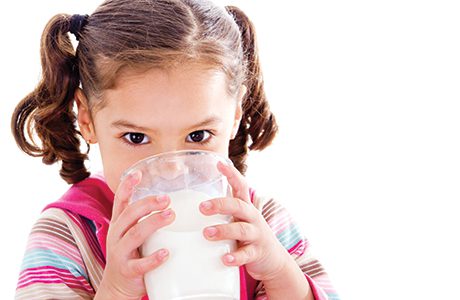DAIRY products obviously have one thing in common, they’re derived from milk. But the dairy category has become increasingly diverse in recent times. That reflects significant amounts of new product development in things like flavoured milk drinks, butter-based spreads, yogurt and cheese. And it has also been influenced by developments in pack sizes and efforts to extend use of dairy products beyond traditional consumption.
But price is currently a big issue. Consumers are being targeted by supermarkets with milk prices that have dropped below 90p for four pints. It makes it very difficult for independent c-stores to compete.

If it’s tough to match price on the core sizes of mainstream milk it makes it all the more important to get all the other aspects of milk retailing spot on. Excellent availability, especially when top-up or distress-purchase shoppers come calling, is vital. And giving space in milk and food-to-go fridges for single-serve sized lines, kids dairy drinks, chilled coffee drinks and more could bring new sales.
Key Note Research in its recently published Milk and Dairy Products Market Report 2015 said that although growth slowed last year it’s still impressive given the maturity of the market.
Cheese had shown good growth and yogurt has also done well.
Key Note is forecasting growth in the value of milk and dairy products in the UK of 6.5% between 2015 and 2019.
And a report last year from researcher Canadean said there’s increasing UK consumer demand for dairy products. It is forecasting that overall UK dairy market volume will grow at a compound rate of 1.8% up to 2018. It sees butter, milk and yogurt as fast-rising categories.
Parental prioritising of kids’ development is encouraging sales growth, the firm says. British children consume milk at least 10 times a week.
Raquel Perez-Lopez, analyst at Canadean said: “Children and their parents are increasingly busy, with hectic schedules filled with extra-curricular activities and work. This means more convenient dairy products are needed to suit their busy lifestyles. Almost 5% of dairy products consumed by kids and babies are selected because they are convenient.”


















